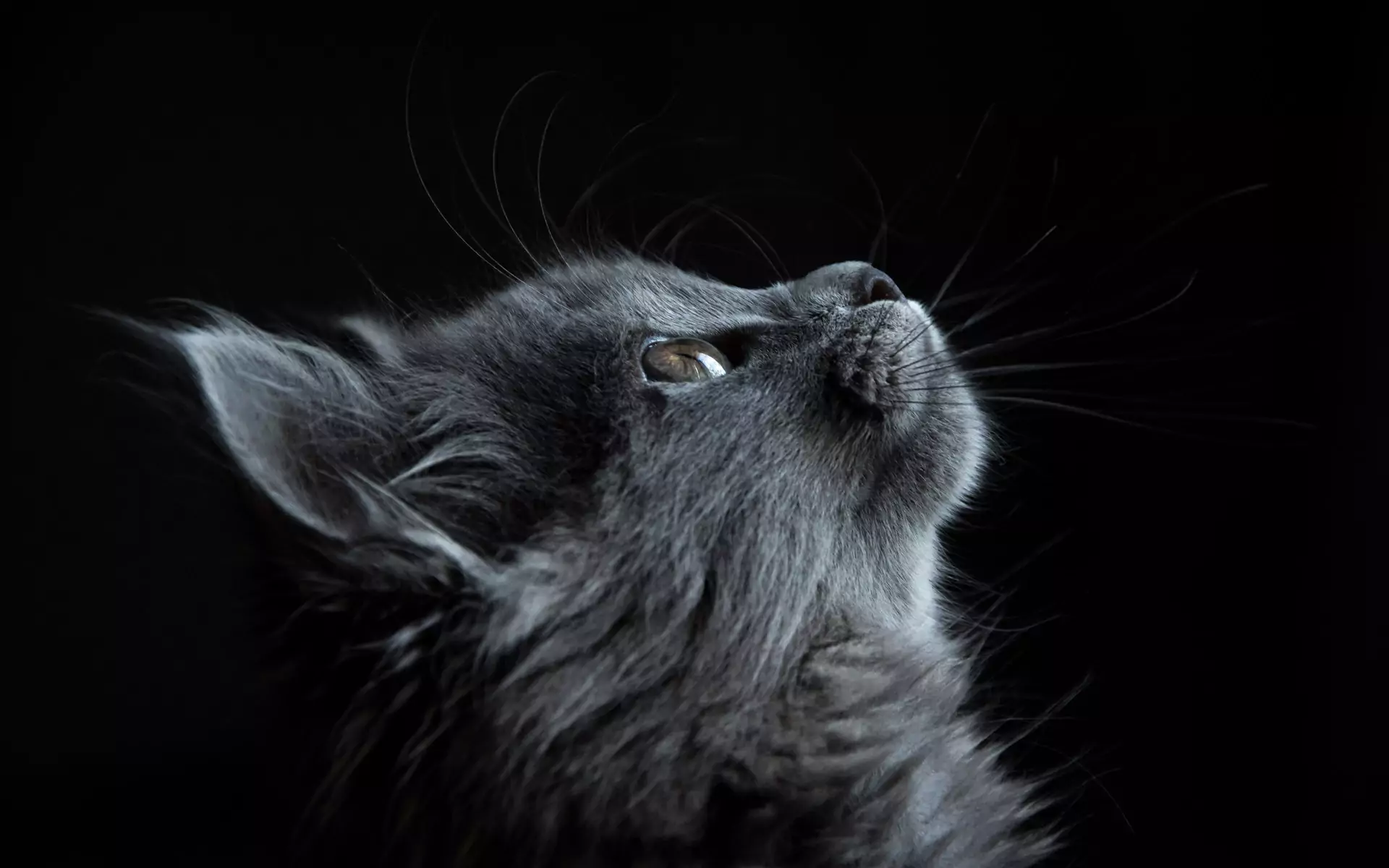Cat's eyes have perpetually been a subject of mystery and fascination. They have been perceived as beautiful, mystifying, captivating and even scary. Not only can cats 'control' their eyes very effectively, but also can respond very efficiently to their environment because of their eyes. For instance, while we humans can move our eyes only horizontally, to narrow them into slits, a cat can narrow its eyes horizontally and vertically. This implies that the mechanism of their eyes is similar to that of a roller blind.
Cats can thus shift their vision from side-to-side as well as from up to down, making it possible for them to fine-tune their vision perfectly. In addition, cats possess a magnificent perception of depth; they have sharp binocular vision, and can also make out three-D images.
That cats can see perfectly well in complete darkness is a myth. However, their eyes are decidedly more powerful in low and dim light than human eyes. This is because, even when the light source reaching the eye is faint, cats can avail this light more resourcefully due to a layer of cells they have at the back of their eyes. These cells act as the mirror that then successfully reflects even a weak source of light, thus enabling cats to see as much as six to ten times better than us humans. In fact the 'glowing' eyes often observed in cats in the night especially in the glow of headlights is merely the light being reflected by the cells.
A lesser-known fact about cats is that they possess a third lid, known as the nictitating membrane. This membrane provides a cat with additional eye protection, and sharper vision. Although it is not conspicuous in most cats, the extra lid can be noticed in a dozing feline.
The one place in which the eyes of a cat are less developed than human eyes is color. Cats are not color blind, but it is difficult for them to discern colors. Their eyes tend to distinguish between the hue of a particular color rather than the actual color itself. Thus cats do see colors, but with less differentiation.
The eyes of a cat are fascinating instruments; they have been the inspiration for many a writer, poet, artist and even gemologist (The Cat's Eye is a popular gemstone, known to ward off evil). The enhanced capability of movement possible for the eyes of a cat gives it a wide range of expressions. From mysterious eyes narrowed to a slit to an unblinking stare out of huge rounded eyes, a cat can maneuver its gaze till you can't help but stop and stare into its intriguing orbs.
